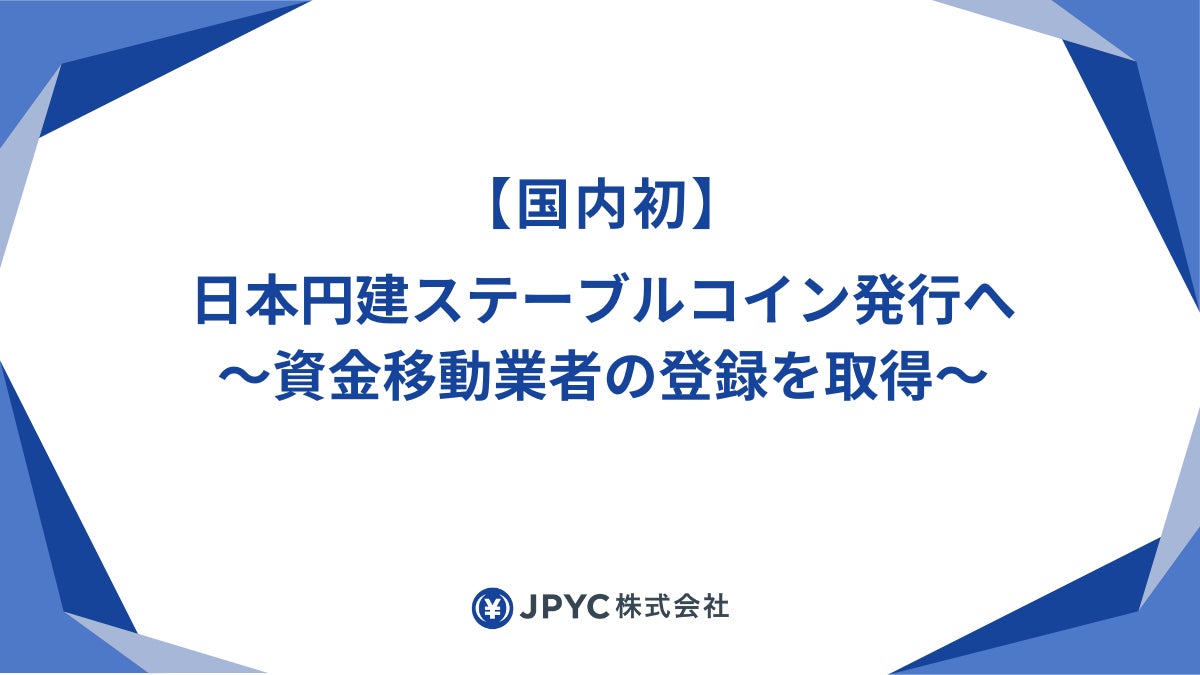On August 18, 2025, Japan’s Financial Services Agency (FSA) officially announced that it has approved the issuance and distribution of the Yen-denominated stablecoin “JPYC” on Avalanche (AVAX).
The announcement was confirmed through PR Times, with JPYC set to launch within 2025. JPYC will initially run on Avalanche’s public C-Chain, handling liquidity and circulation. This move is widely considered a milestone in Japan’s digital finance innovation, blending traditional financial regulation with next-generation blockchain infrastructure.
What is Avalanche (AVAX)?

Launched in September 2020 by Ava Labs, Avalanche is a highly scalable, open-source Layer 1 blockchain platform. It is designed for decentralized applications (dApps), smart contracts, and DeFi, offering high throughput and low fees.
Avalanche’s architecture is unique, consisting of three main chains:
- X-Chain: Handles asset creation and transfers
- C-Chain: Runs smart contracts and supports EVM-compatible dApps
- P-Chain: Coordinates validators and staking activities
Key milestones:
- Developed by Cornell professor Emin Gün Sirer and team → commercialized by Ava Labs
- 2021: Collaborated with Deloitte to manage U.S. disaster relief funds
- 2024: Completed the Avalanche9000 upgrade with a $250M token sale
JPYC and Avalanche: Background
What is JPYC?
- A Yen-pegged stablecoin (1:1 with JPY) backed by fiat reserves
- Issued under Japan’s strict regulatory framework
- Initially launched as a “prepaid instrument” for retail payments, similar to services like PayPay
Partnership highlights:
- JPYC issuance, liquidity, and circulation to run on Avalanche
- Multi-chain strategy: JPYC will also operate on Ethereum and Polygon
- Avalanche’s C-Chain chosen for fast and cost-efficient transactions
Why Did JPYC Choose Avalanche?
JPYC’s decision was influenced by both technical and regulatory advantages:
- ⚡ High throughput & scalability: Supports thousands of TPS → critical for large-scale retail payments
- 💸 Low transaction fees: More cost-efficient than Ethereum → ideal for micro-payments
- 🔗 EVM compatibility: Seamless integration with existing Ethereum-based dApps and infrastructure
- 🏛️ Regulatory-friendly: Proven track record with institutional partnerships (e.g., Deloitte project)
- 🌍 Global reach: Over 350 projects and 1M+ community members on Avalanche → supports global adoption
Avalanche Subnets: Customized Blockchain Networks
One of Avalanche’s most powerful features is its Subnet architecture.
A Subnet is a customizable blockchain network built on Avalanche’s infrastructure, allowing projects to design their own rules, tokenomics, and compliance features.
Key benefits of Subnets:
- Scalability: Reduces congestion by distributing workloads across networks
- Regulatory compliance: KYC/AML-ready Subnets for institutional adoption
- Custom gas tokens: Projects can use their own token instead of AVAX
- Industry-specific design: Optimized for gaming, finance, or government services
Real-world examples:
- DeFi Kingdoms: GameFi project running on its own Avalanche Subnet
- Institutional Subnet: Compliance-focused Subnet for financial institutions
- Nexon (MapleStory): Building a blockchain gaming ecosystem via Avalanche Subnets
JPYC and the Potential for a Dedicated Subnet
Currently, JPYC is set to launch on Avalanche’s C-Chain.
However, in the future, JPYC could establish its own dedicated Subnet to meet regulatory and institutional needs.
🔮 Possible roadmap:
- JPYC Settlement Subnet: A private Subnet for retail and banking payments in Japan
- Regulation-ready infrastructure: KYC/AML compliance with FSA oversight
- Cross-border integration: Enable faster and cheaper global Yen-based settlements
👉 This would transform JPYC from just another stablecoin into the core infrastructure of Japan’s digital financial ecosystem.
Regulatory Environment and the Role of FSA
The FSA’s approval signals Japan’s intention to become a global leader in digital assets.
JPYC is registered as a licensed fund transfer business, with reserves backed by bank deposits and Japanese government bonds.
As CoinDesk highlighted, regulated stablecoins provide trust and transparency, which could accelerate institutional and retail adoption.
Market Reactions
- Avalanche Global (@avax): Welcomed the JPYC partnership
- Avalanche Korea (@AvalancheKorea): Confirmed JPYC launch on Avalanche
- JPYC Official (@jpyc_official): Declared “A new era for Yen stablecoins has begun”
Market implications:
- JPYC could become a preferred option for cross-border payments, DeFi, and e-commerce
- Avalanche’s infrastructure ensures speed, scalability, and regulatory compliance
- A future JPYC Subnet could position Japan as a hub for stablecoin innovation in Asia
Outlook and Challenges
✅ Opportunities:
- Strong regulatory backing from FSA
- Advanced scalability with Avalanche
- Potential Subnet expansion for compliance and growth
⚠️ Challenges:
- Competing with global leaders like USDT (Tether) and USDC (Circle)
- Achieving interoperability across blockchains
- Educating users and businesses about adoption
If the 2025 launch succeeds, JPYC could accelerate stablecoin adoption across Asia and set a precedent for government-backed digital finance.
Conclusion
The partnership between JPYC and Avalanche marks a turning point where traditional finance meets blockchain innovation.
With Avalanche’s advanced architecture and Japan’s strict regulatory support, JPYC has the potential to go beyond being a simple stablecoin—emerging instead as a key driver of digital finance and cross-border settlement in Asia.
Future expansion into a dedicated Subnet could further solidify JPYC’s role as the digital Yen infrastructure for Japan and beyond.
📌 Sources:




